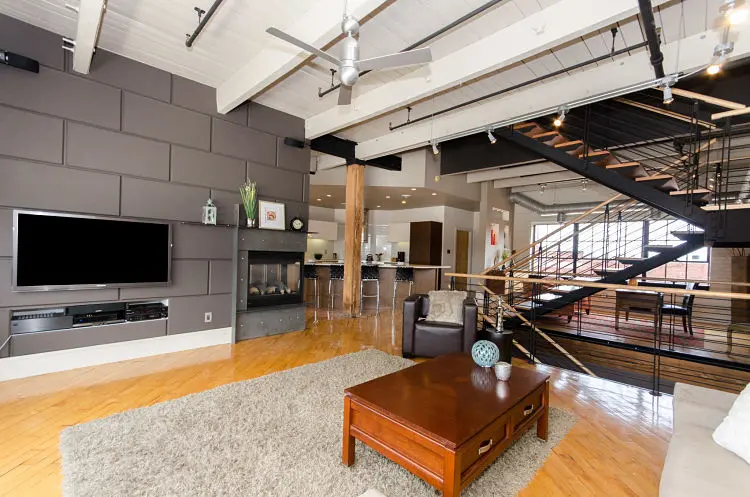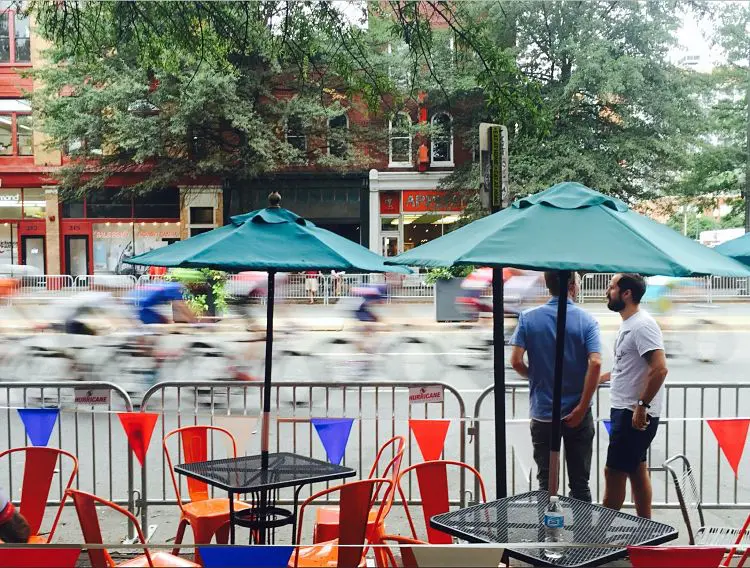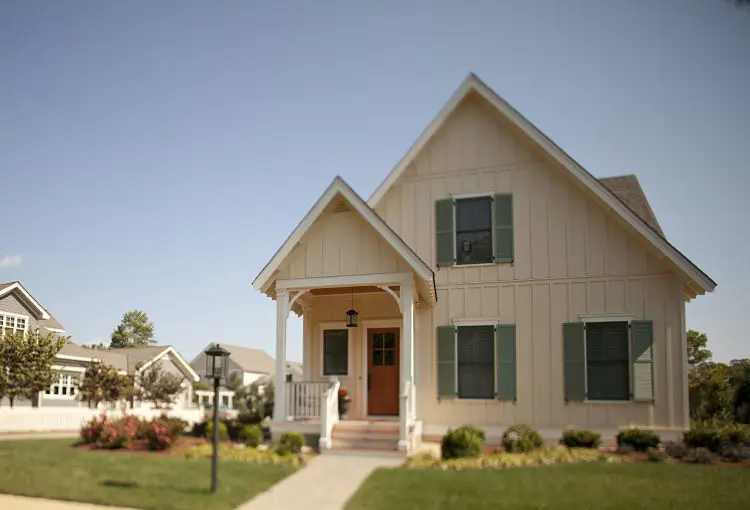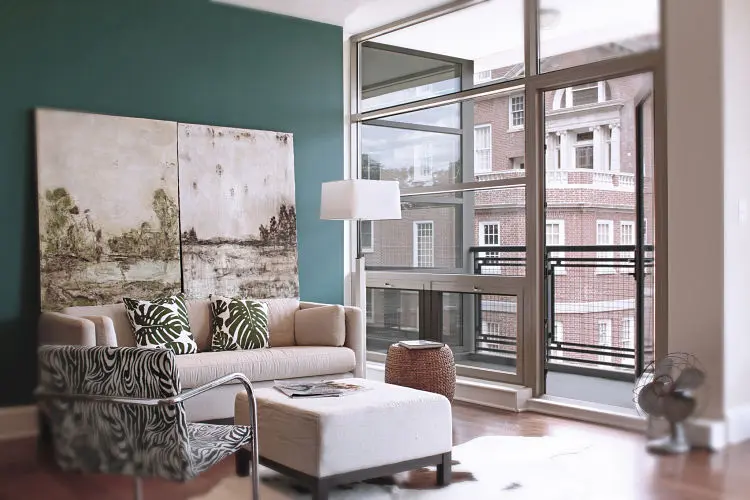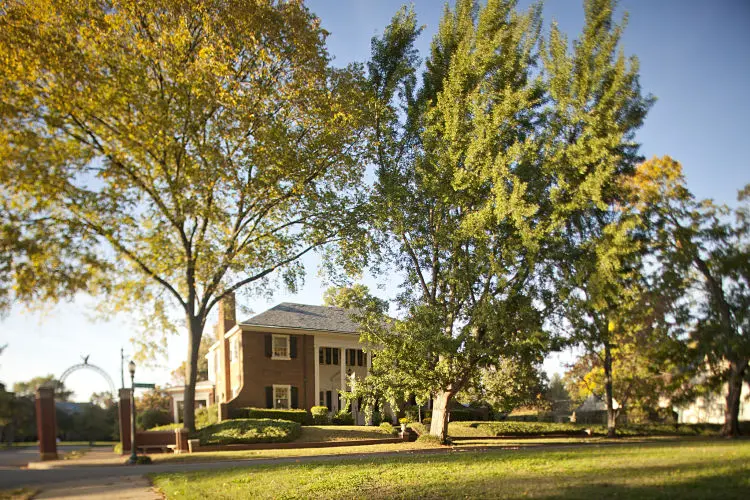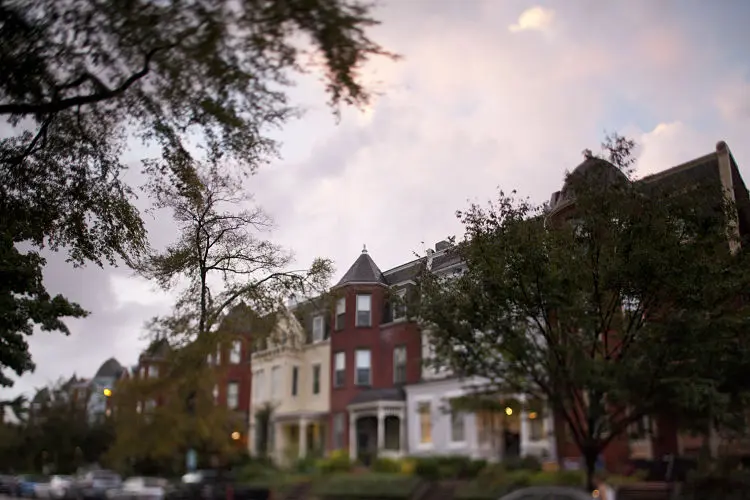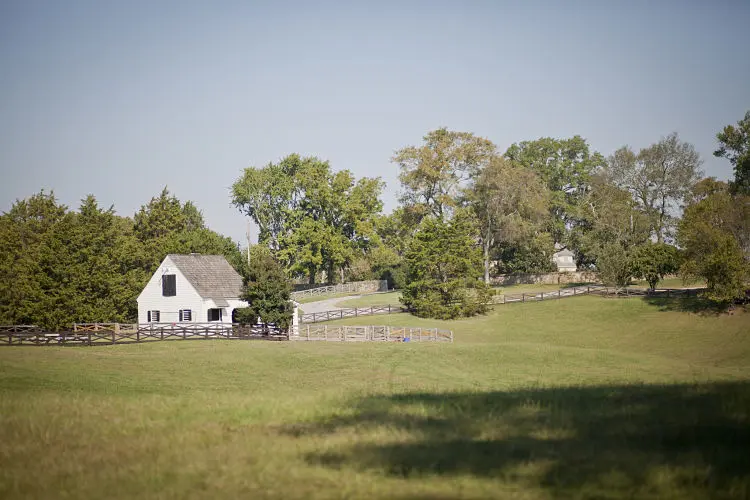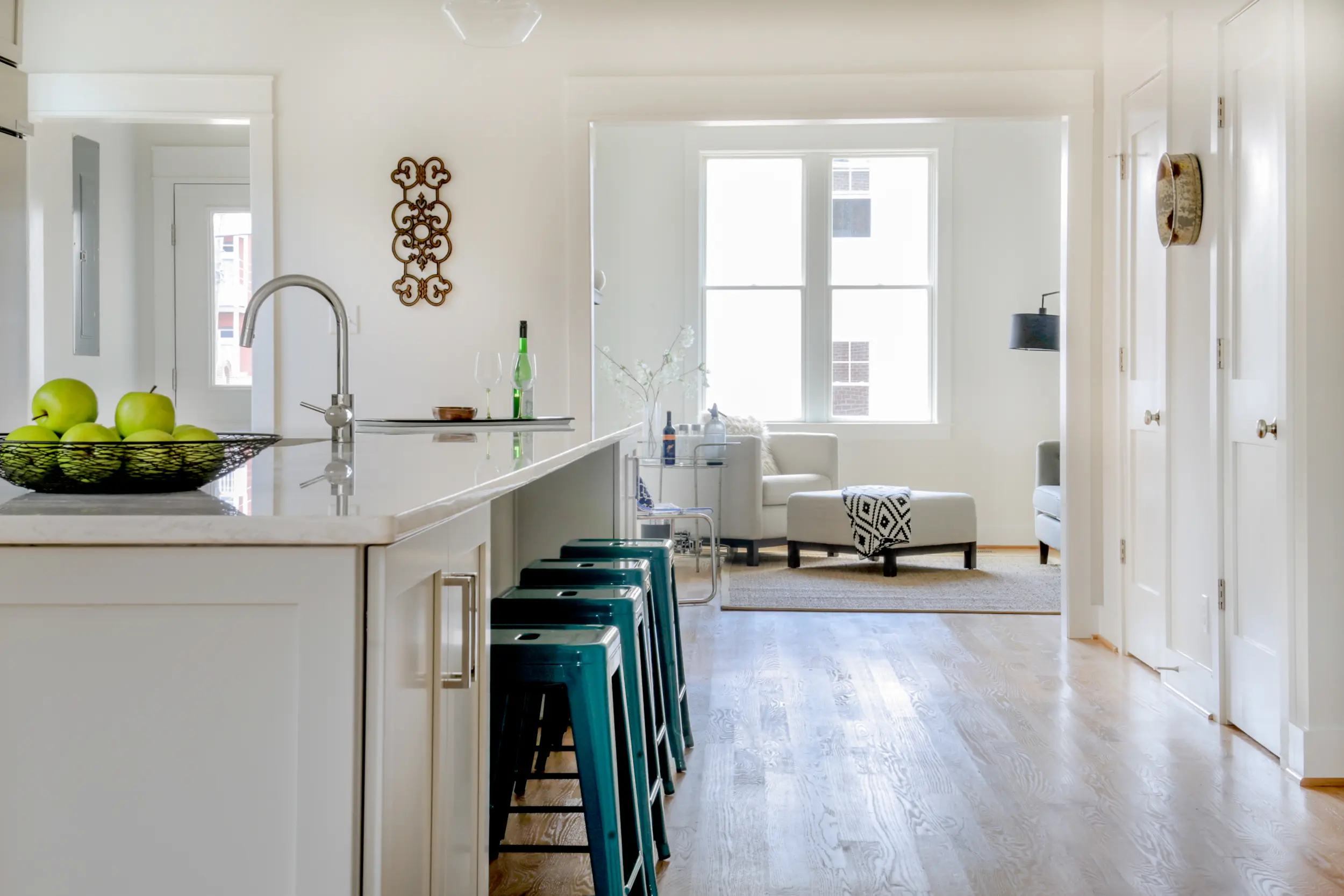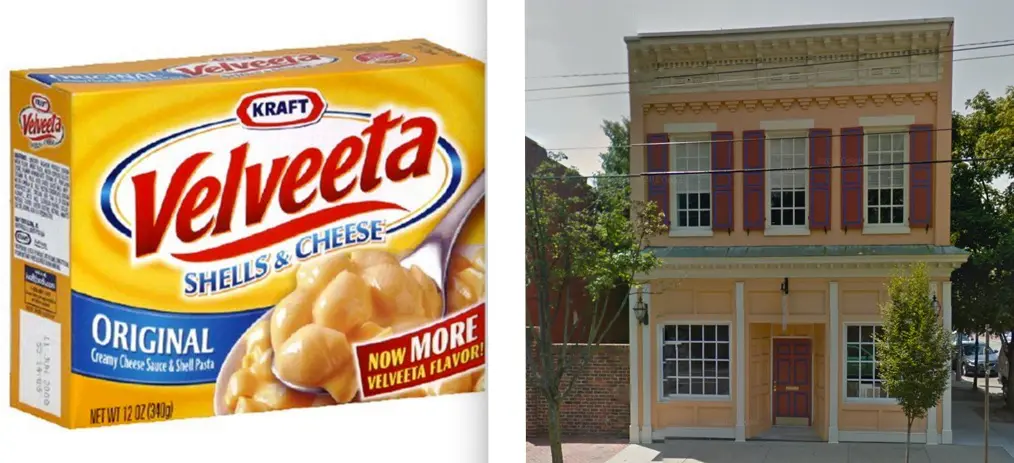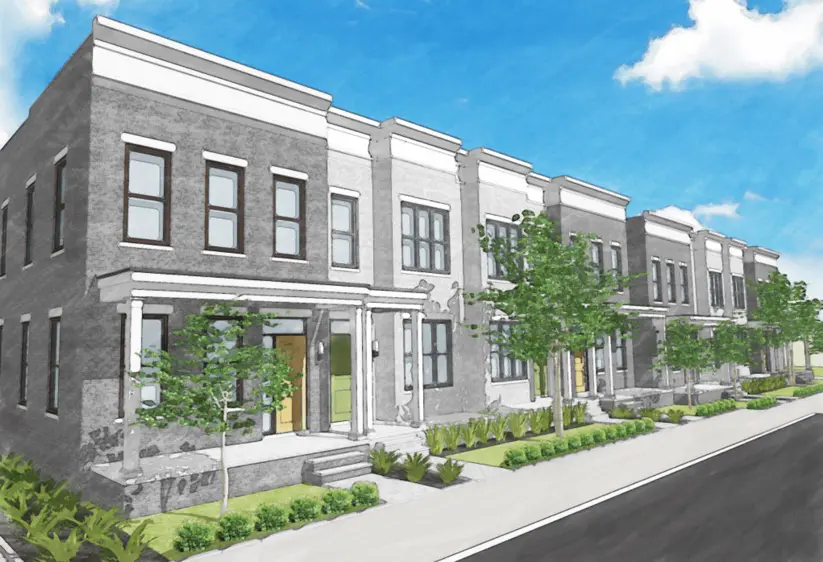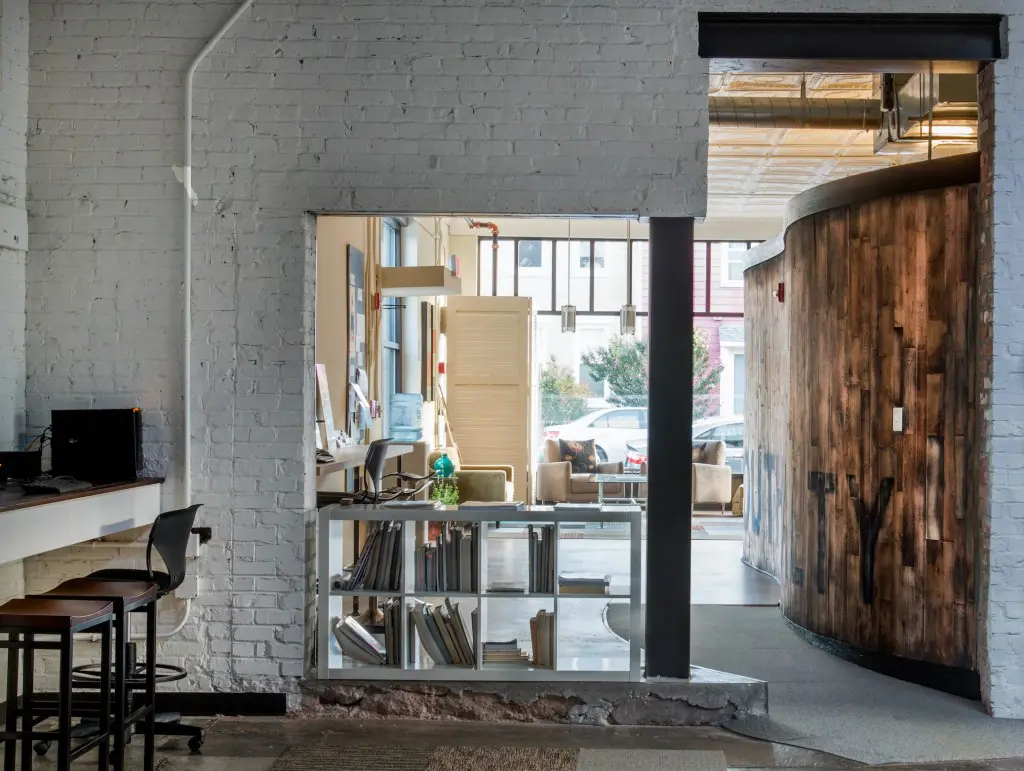I’m beginning to hear people whisper the dreaded ‘B Word’ again …
Trust me, I was front row center in 2008. I lived it — and I do not want to live through that period of time ever again. When the market collapsed in the summer of 2008, it was like someone just threw a switch and everything stopped. Phone calls and showings went to nil. Loans got denied with no real explanation. And the worst part was that no one really knew what to do.
For the better part of two years, I felt like I had to apologize to panicked sellers who, much like myself, understood neither the reason it had all happened nor when it would all end.
And it was not until well after the fact that the reason the real estate machine stopped became evident.
When the Bubble Popped
In retrospect, we were all unknowingly playing a giant game of musical chairs. But instead of removing one chair each time the music stopped, someone removed all of the chairs at once — leaving everyone to fight for a place that no longer existed.
The banks had stopped making loans entirely and the market seized up like a Maserati that had lost its oil. It doesn’t matter what asset you own, when no one wants to buy it, it has no value.
Depending on the type and location of your home, the majority of our marketplace lost between 20 and 40% of their housing value. And no one was immune — first time homebuyers, new homes, luxury homes, condos — they all suffered similar fates.
Is There Another Price Bubble?
So when I hear the word ‘bubble’ being tossed around today, I cringe a bit as the circumstances that led to the hyper-appreciation of 2005-2008 are nothing like the ones that are causing the rapid rise of the values currently.
But since most people tend to focus on price, lets begin there.
Yes, pricing is up substantially from the bottom in 2011.
Yes, pricing has spiked each spring.
Yes, it feels a bit like 2007.
And no one is feeling the pinch of the spike more than the first time buyer, but that is a different article for a different day.
Falling from a high of approximately $260,000 to just above $200,000 in 2011, the average house price in the Richmond region lost 23% of its value, although not each type was affected similarly.
— Newly built properties with every imaginable upgrade, especially ones located 30 minutes or more from the urban core, were most impacted.
— Reasonable housing in established neighborhoods underpinned by the best public schools were impacted less.
— Quality urban housing near public transportation and walkable amenities — and where new inventory is difficult to add — was impacted the least.
So where are we now? When you look at the sub-markets individually, a clearer picture emerges.
— Markets in high demand where inventory is constrained (i.e. — urban areas) have actually surpassed values from 2008.
— Suburban markets that are 30 minutes or less to the urban core are almost back to the 2008 valuations.
— Markets outside of the 30 minute commute are still off from 2008 highs.
The takeaway here is that each market is more localized than ever before and even segments within very short geographic distances from one another will likely behave quite differently. Buyers and sellers need to be careful when trying to apply anecdotal evidence from one market to another without understanding the underlying inputs.
If you expect Midlothian to behave like the Museum District, or Crozier to behave like Church Hill, then you are probably in for a bit of a surprise.
Lending and Homeownership
So lets talk about the state of the mortgage market right now.
Between Dodd-Frank, the collapse of the mortgage insurance industry, and the realization that housing values don’t always go up, the mortgage industry of today looks little like it did in 2008.
Adjustable Rate Mortgages
According to the Federal Reserve Bank of NY, adjustable rate mortgages were nearly 40% (38.5% to be specific) of the mortgage market in 2005. By 2015, that percentage had fallen to just over 5%.
Effectively, 95% of homeowners today will have the same mortgage payment in 2, 5 and 10 years (or more) versus 40% of the market that a mortgage payment that doubled in a 2 to 3 year span before the bubble.
Mortgage vs Income
And check this out: As a country, we now spend far less of our collective incomes on housing, at least in comparison to the period before bubble popped.
So fewer people own houses and they’re using less of their disposable income to do so. That feels healthy to me.
Homeownership Rate
Furthermore, look at how few homeowners there are now compared to 2008.
Homeownership peaked just before the crash and fell to levels not seen since the 1960’s. This implies to me that those who own housing are more qualified to do so and those who do not have the credit, income, or equity to own are electing to remain renters.
Equity
And finally, how does equity in housing look? Much better than only a few years ago.
Credit Standards
Beginning in the middle to late 1990’s, we increased the buyer pool by not only decreasing the credit standards required to qualify for a mortgage, but the equity required to make the down payment. We then artificially dropped the monthly payments to allow those with lower incomes to qualify by giving buyers adjustable rate mortgages where rates sometimes doubled only a few years into the loan.
The system was doing a phenomenal job of artificially creating more buyers — unfortunately, the buyers being created were the riskiest type and the ones least able to withstand a market adjustment. And while more buyers equals more demand and more demand equals higher prices, when the music stops, buyers on the fringe go away. When a highly leveraged market adjusts, really bad things happen.
Fast forward to today — according to Core Logic, the quality of the mortgage credit issued was at it highest since 2001.
So until lending standards allow for the marginally qualified buyer with little to no down payment to enter the market in droves, the likelihood of a 2008-eque bubble remains extremely low. And currently, the buyer credit profile demanded by Fannie Mae, Freddie Mac, and FHA remains far more strict than the loan products so prevalent in the pre-bubble days of 2005-2008.
Inventory
If you talk to any industry professional about the market, the word ‘inventory’ will be used repeatedly and usually in conjunction with words like ‘crisis’ or ‘lack of’ or ‘we need more.’
See the chart below to get the full impact:
Since 2008, the supply of houses has dropped from roughly 10,000 to just over 3,000.
That is insane.
And when you look at the markets individually, you get an even more pronounced effect:
The Fan District and Jackson Ward had over 300 active properties in February of 2008. There were 30 in February of 2017.
Is ‘insane – er’ a word?!?
The bottom line is that the difference between the pricing increases heading into 2004-2008 and those in 2014-2017 is much more about a constrained supply than an abundance of marginally qualified buyers showing up with highly leveraged adjustable rate loans.
Housing Starts
So how do we solve the inventory problem? By building more housing, of course. All we need to do is get those builders to crank it back up and start building like 2006 again. If we can get the inventory levels back in line with say, 2000 or so, then everything should be fine, right?
Not so fast. Look at this:
I don’t know about you, but this doesn’t appear to be a market that is supplying too much housing to itself, does it?
Why are we not building more? Is it builder confidence? Material price increases? Building codes? Banking? I’m unsure, but housing starts don’t appear to be adjusting to keep pace with demand and are still below historical norms by a significant amount.
At least in the near term, the tight supply conditions are not going to be solved by new construction.
So No Bubble?
I’ll go ahead and say it — No, this is not a bubble. As a matter of a fact, we are still in the throes of recovery.
[ But if you would like to read some differing opinions, here you go … ]
Are we going to have continued years of 5-7% or more appreciation in the market? No, I do not believe we are. Interest rates are beginning to rise and housing prices in many markets are already causing affordability issues. So no, do not expect to see prices continuing to rise unfettered for the next several years.
Remember:
- We have anywhere from 60-90% less inventory than we did in 2008
- Pricing is only now approaching 2008 levels
- Homeownership is still at 50 year historic lows
- Housing starts are down significantly
- And the dangerous adjustable rate mortgage is a very small part of the market.
It is not 2008 all over again.
Yes, if you entered the market in 2012, then all you have seen is rapid appreciation. But in reality, what we have all been experiencing is adjustment back to trend. And yes, if you are a renter trying to enter the market, it feels extremely frustrating to see multiple offers on the houses you want to buy and contract prices being bid well above the asking prices. But just because there are bidding wars — just as in 2006 – 2008 — does not mean it is a bubble.
So What Could Cause Another Bubble?
Could something else derail the housing market? Absolutely.
Rising interest rates are the obvious threat, but so is the potential dismantling of Fannie Mae and Freddie Mac. And we should not discount our friends at the Federal Reserve, either. They totally missed on the last one and are probably hyper-sensitive to finding a new one. If they decide that they think there is a bubble and begin to take steps to stave it off, they could probably cause the very adjustment they fear.
And then there is Wall Street. Left to its own devices, it could figure out a way to game the system again. But at least for now, I don’t see their fingerprints on predatory lending like I did a decade ago.
And if it isn’t the Fed or Wall Street, it could be our elected officials in Washington DC. While Wall Street takes a lion’s share of the blame for 2008, DC deserves as much, if not more, for putting it all in motion. May argue the real roots of the crash begin in the early 1990’s with the rewriting of the Community Reinvestment Act. Is the CRA a direct cause or more of an unintended consequence? Probably a bit of both.
Regardless, as 2008 so powerfully demonstrated, the nation’s lending practices are the primary driver of housing values. Both government, at all levels, and Wall Street are inexorably intertwined with housing. If rates spike to 10% or suddenly the 30 year mortgage is no more, then yes, prices will adjust and it will be painful. But the severity of any adjustment will be tempered by the fact that inventory is low and credit standards are far more in line with historical norms.
Lets Tap the Brakes on the ‘B Word’
So before we start dropping the ‘B Word’ on the housing market, lets make sure we pull back the curtain and look at the cause for the recent price increases. Those who predict doom are all eventually correct.
Here is what to watch for:
- When you begin to see a bevy of new ‘Mortgage Insurance’ companies enter the market, make a note.
- When you begin to see 1 year adjustable rate mortgages being used, especially for first time homebuyers, start paying closer attention.
- When you begin to see the ‘interest only’ mortgage product being offered for long term purchases, get nervous.
- When you begin to see loan products that offer 100% or more leverage, get really nervous.
- When you see homeownership levels approach 70%, you might want to put some cash under your mattress.
- And when you see the 125% loan product make it back into the lending lexicon, hunker down as it is going to be a long winter.
For now, we are safe, at least in comparison to 2008. Something else might get us but just know that none of the root causes that almost killed us all in 2008 exist currently.


